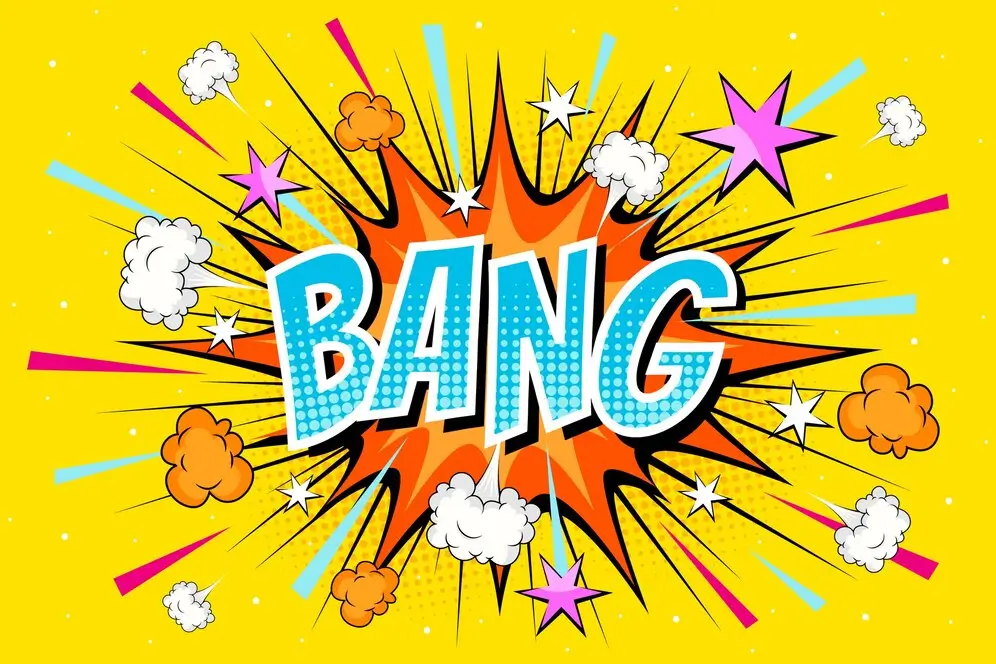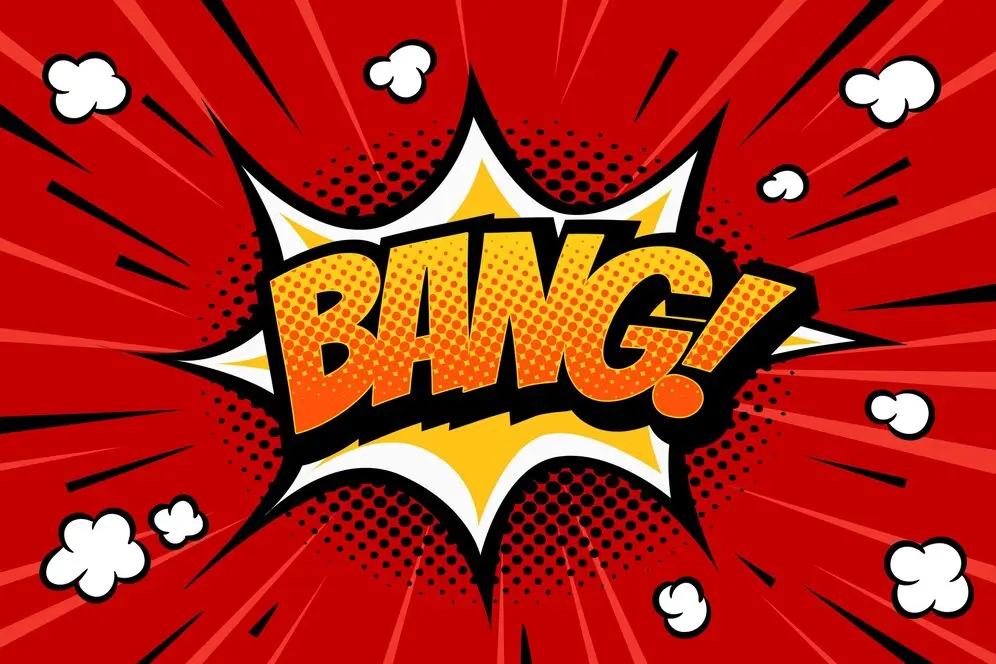Comic Book Ages and the Evolution of the Industry
Find Out the Value of Your Comics Based on Their Era
Comic Book Age Guide
Comic books are typically divided into four main comic book eras, each representing a distinct period based on when they were released. Every comic book age carries its own unique style and tone, reflecting the cultural and social atmosphere of its time. If you’re looking to sell comic books, understanding which comic book age they belong to is crucial for determining their value.

Golden Age Comics
The comic book eras began with the Golden Era comics (1938–1956), which is often considered the birth of the superhero genre. It was marked by the debut of iconic characters like Superman in Action Comics #1, Batman, Robin, Wonder Woman, the Flash, Green Lantern, Aquaman, and Captain America. These heroes often battled real-life enemies such as Hitler, providing moral support to both the public and troops during wartime. This period also saw the emergence of major comic book publishers, such as Detective Comics (later DC Comics) and Timely Comics (the precursor to Marvel Comics). As the ages of comics evolved, we saw the introduction of new genres like Westerns, Sci-Fi, and Detective Stories by the late 1940s.
Silver Age Comic Books
The Silver Era comics (1956–1970) followed, marking a period where comic ages became mainstream, with comic books reaching new levels of popularity in America. The end of the Golden Era comics saw a decline in superhero titles, but they quickly regained momentum as content became more regulated to avoid the controversial themes in horror and mystery genres that led to concerns about juvenile delinquency. During this time, Fantastic Four #1 and Spider-Man in Amazing Fantasy #15 (1962) were pivotal in reshaping the superhero genre, signaling a renaissance for the new era DC Comics and Marvel Comics.
Bronze Age Comics
The Bronze Age comics (1970–1985) ushered in darker, more socially relevant storylines, tackling real-life issues such as drug use, poverty, and pollution. Unlike the earlier eras, there was no single event that defined the comic book ages during this period. However, it marked a shift towards the incorporation of more serious topics within comic book storytelling. This era also saw the rise of new, younger writers, bringing fresh perspectives and new twists to well-established characters and storylines.
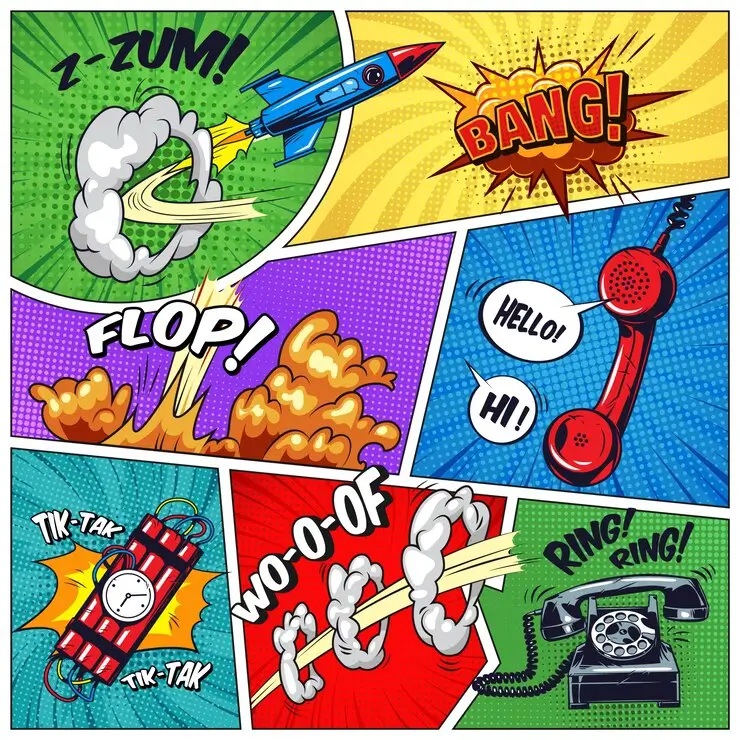
Modern Age Comics
The Modern Era comics (1985–Present) is characterized by a greater focus on psychological depth in characters and increasingly complex, often unpredictable, storylines. This era saw the rise of the “anti-hero” archetype, with characters like Elektra and Wolverine challenging traditional superhero norms. As the comic book eras progressed into the modern era comics, publishers like Marvel and DC experimented with darker, more mature themes, further developing iconic characters and exploring the complexities of their worldviews.
As the comic ages continue to evolve, the influence of earlier eras remains significant, with each new generation of comics drawing inspiration from the Golden Era comics, Silver Era comics, and the changes brought about during the Bronze Age. The modern era comics continue to thrive, expanding the boundaries of storytelling, both in print and through digital mediums.
Most Valuable Comic Books Across Comic Book Ages
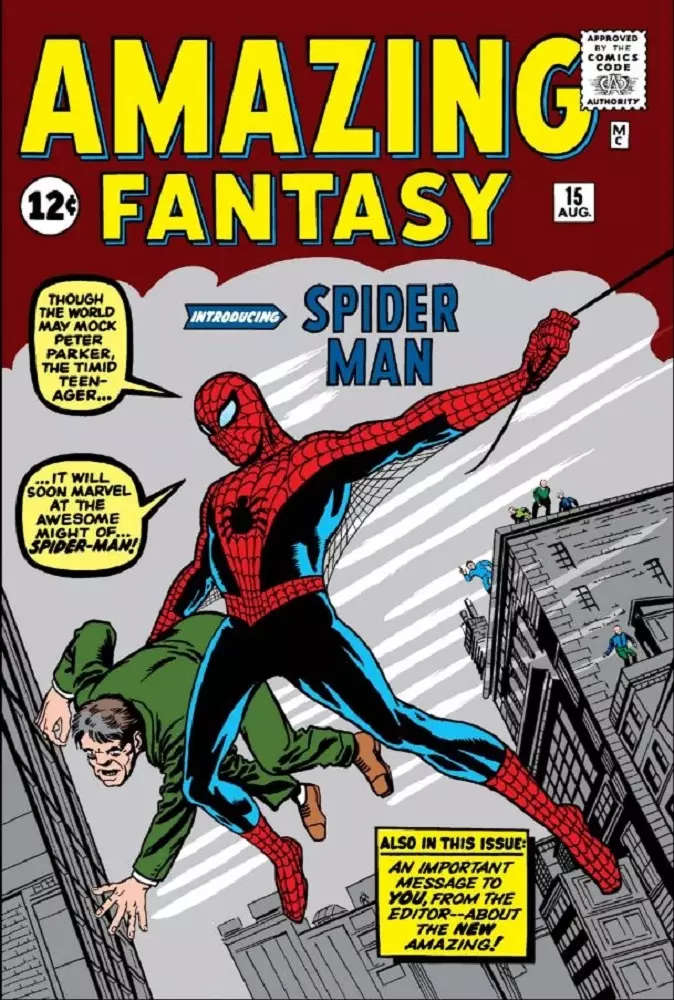
Amazing Fantasy
September 1962
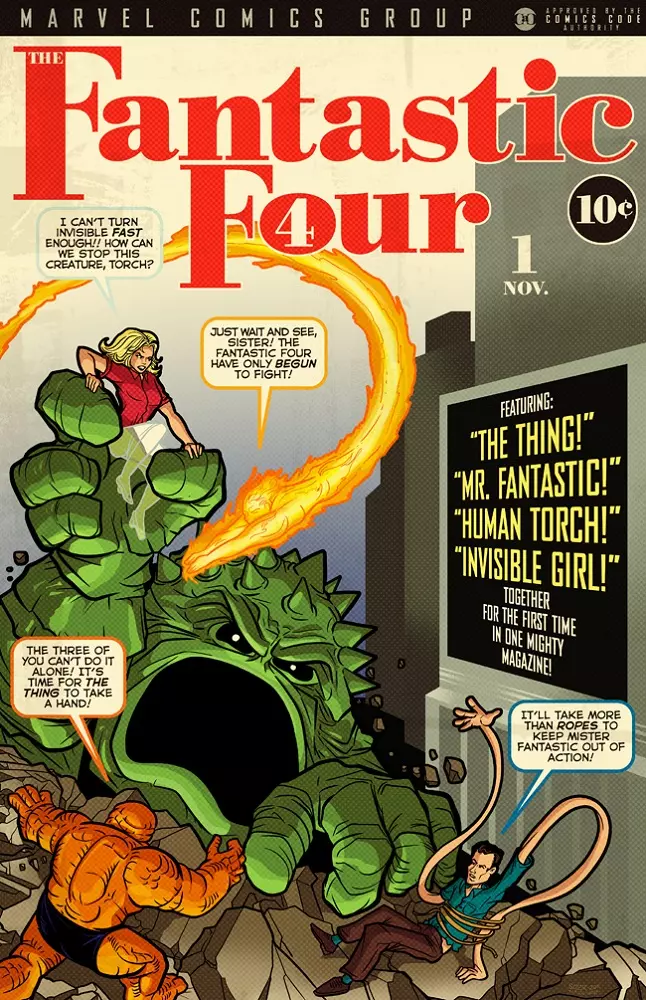
Fantastic Four
November 1961 – September 1996
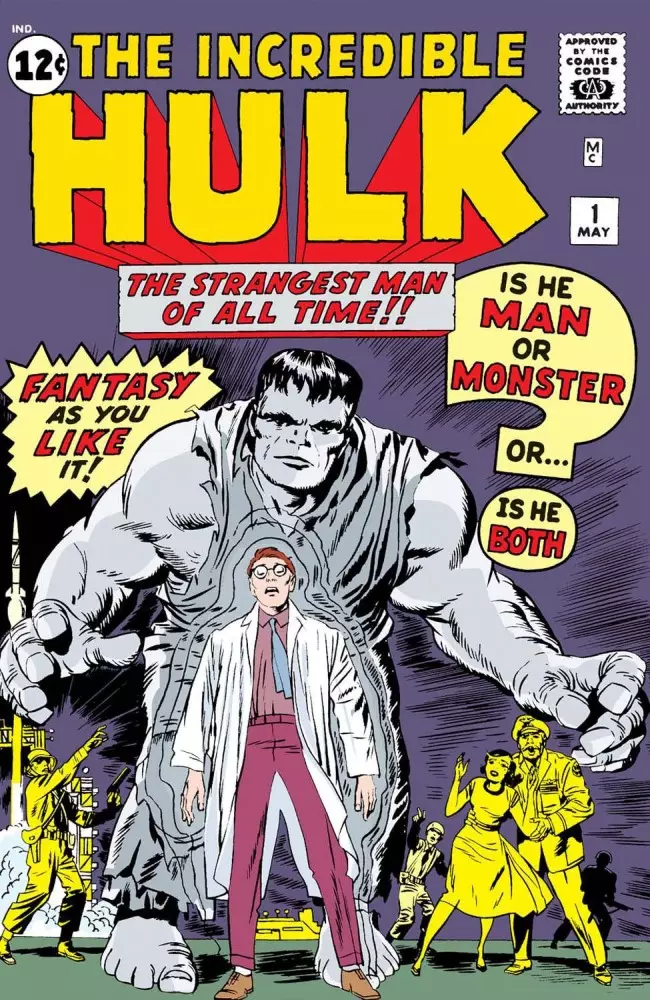
Incredible Hulk
April 1968 – March 1999
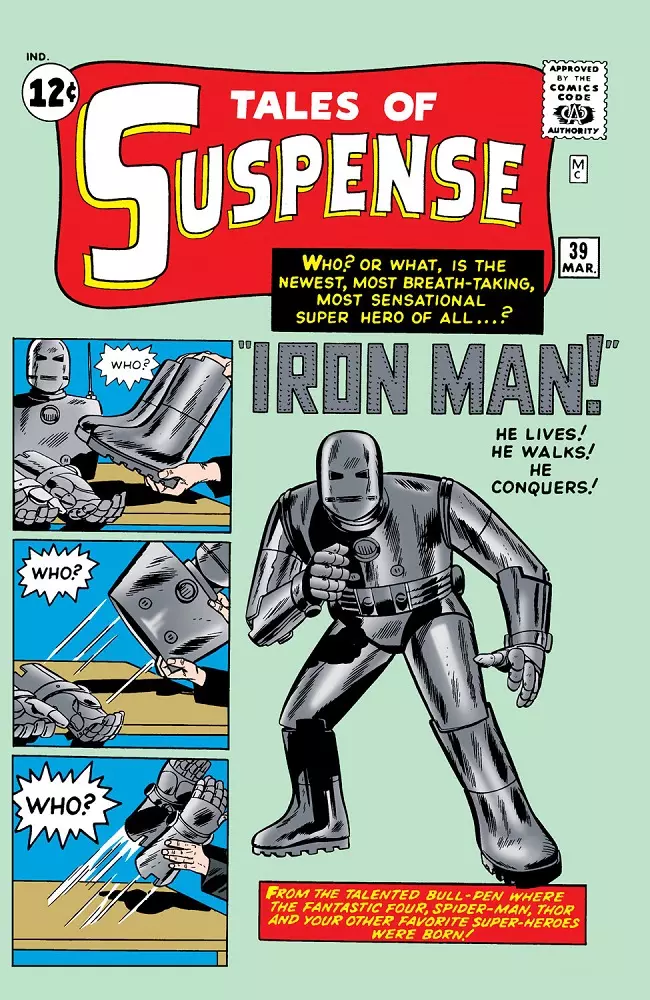
Tales of Suspense
January 1959 – March 1968

Tales to Astonish
January 1959 – March 1968

Amazing Spider-Man
March 1963 – November 1998
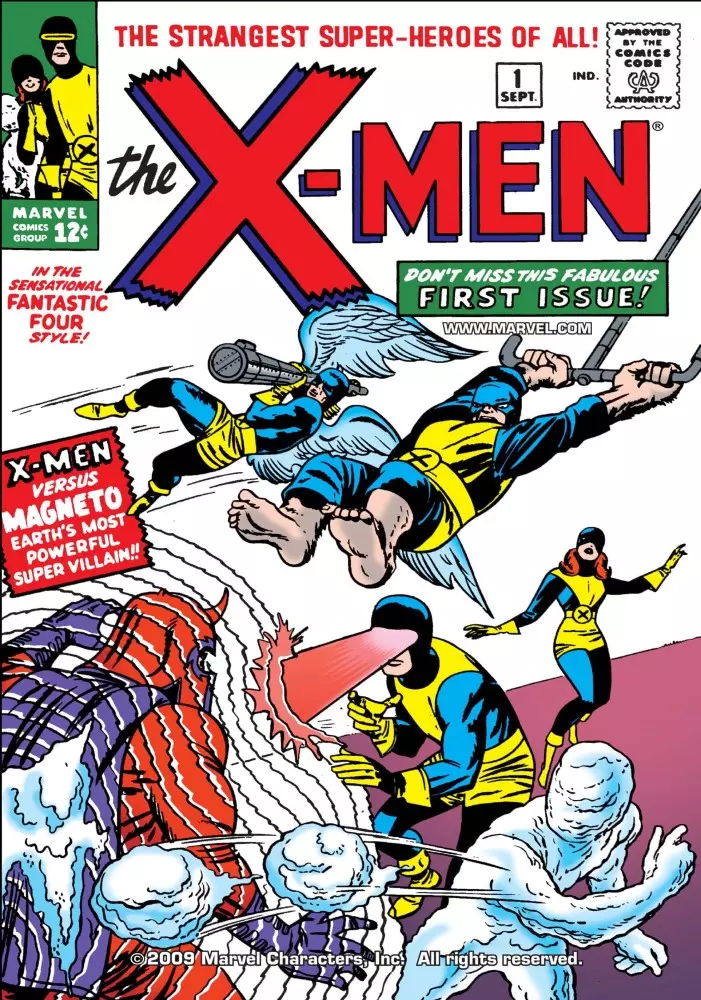
X-Men
September 1963 – January 1981
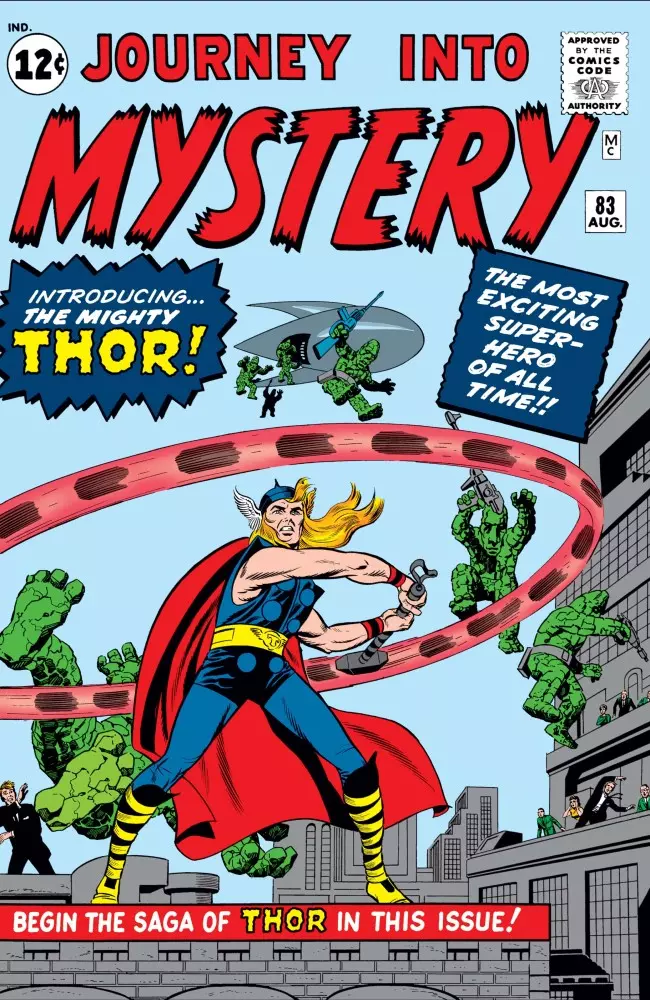
Journey Into Mystery
June 1952 – February 1966
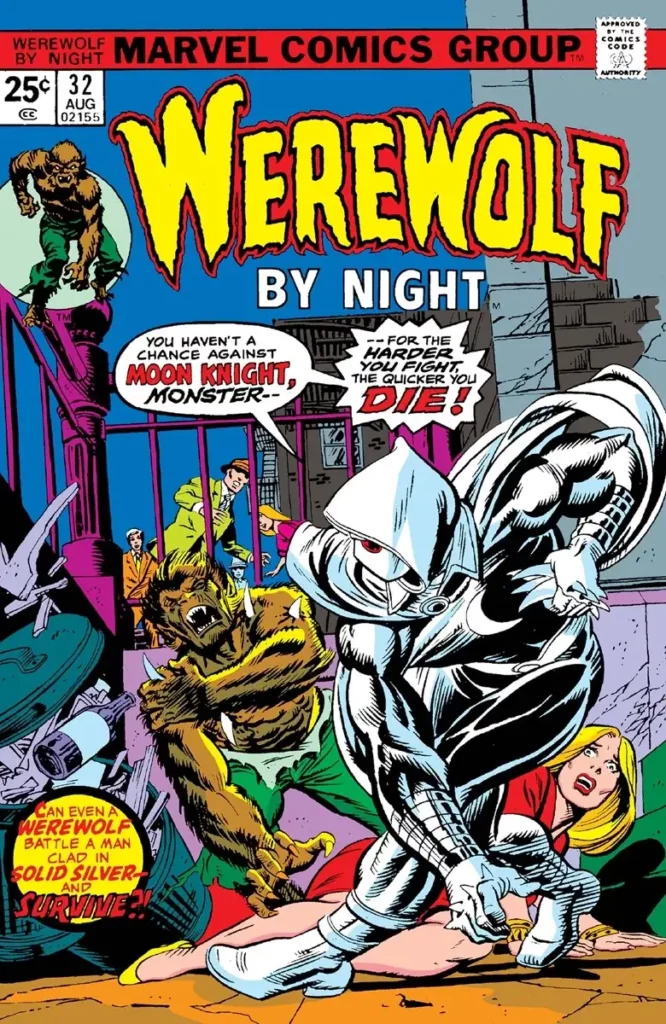
Werewolf By Night
September 1972 – March 1977

Marvel Spotlight
November 1971 – April 1977
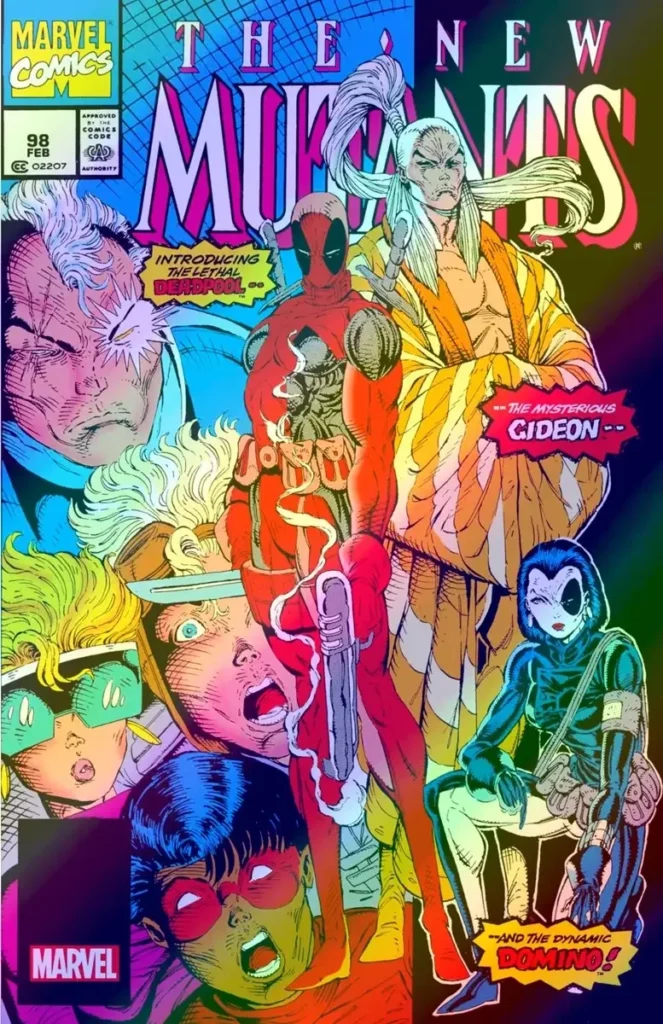
New Mutants
1983 – 1991

Batman Adventures
October 1992 – October 1995

Teenage Mutant Ninja Turtles
1984 – August 1993
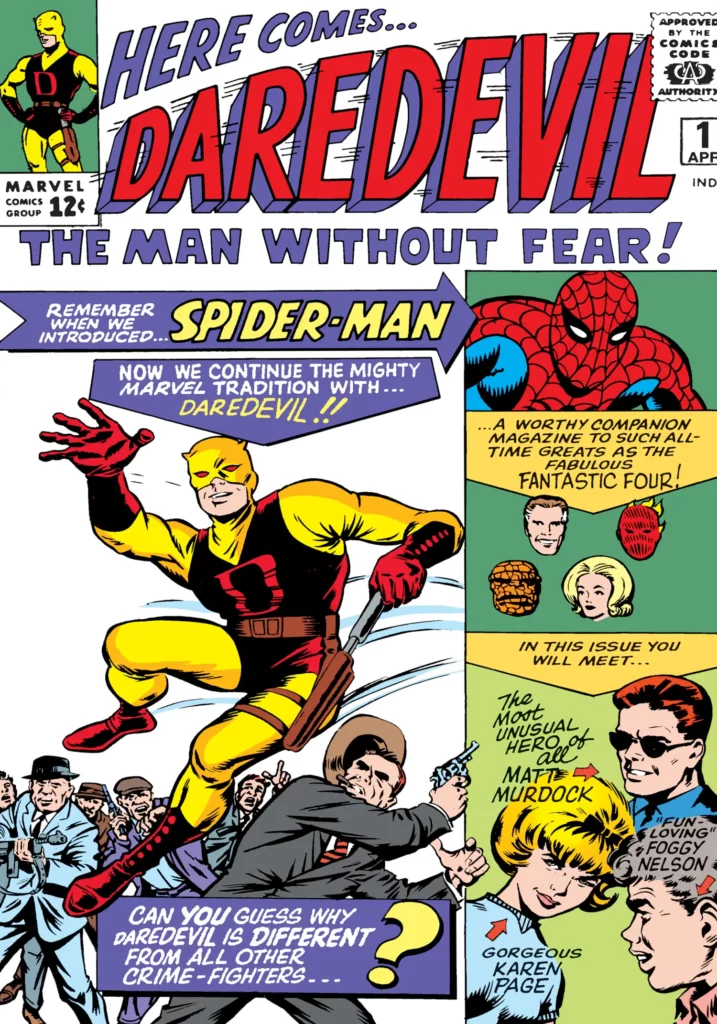
Daredevil
1964 – Present
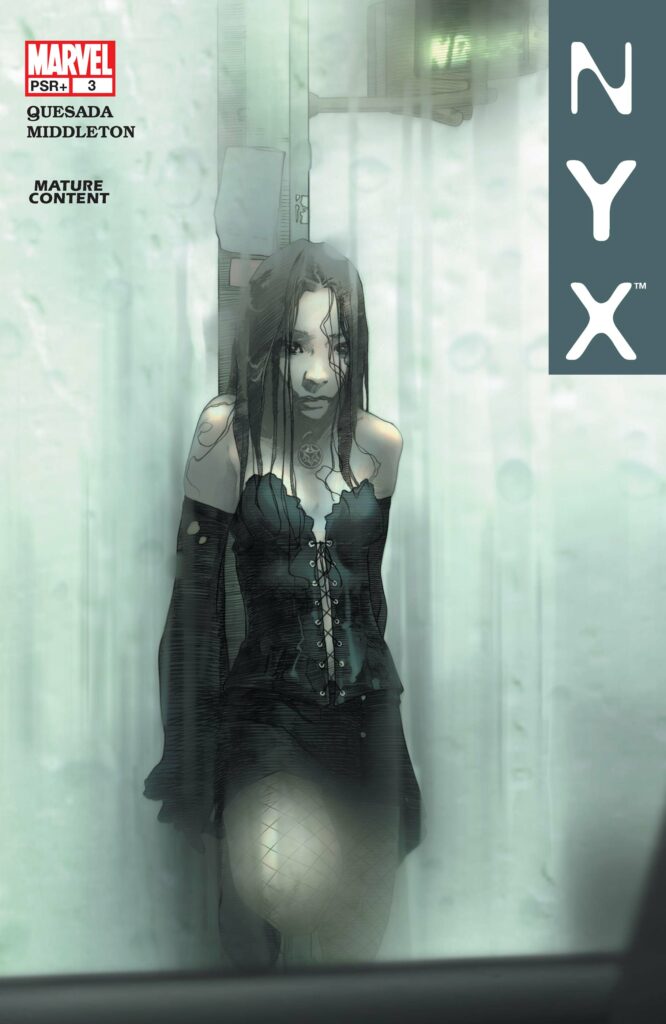
Nyx
2004 – Present

Ultimate Fallout
July 2011 – August 2011

Edge of Spider-Verse
2014 – Present
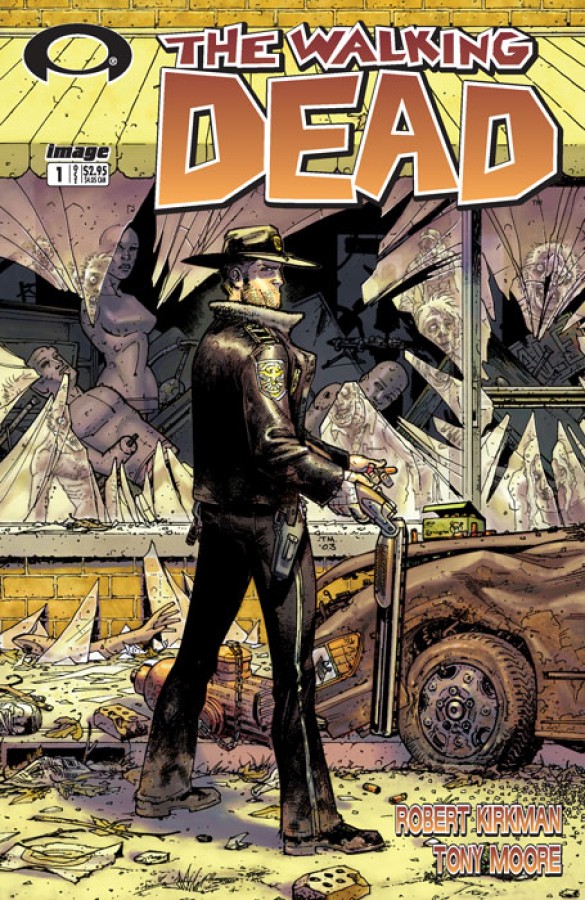
Walking Dead
October 2010 – November 2022

Invincible
January 2003 – February 2018
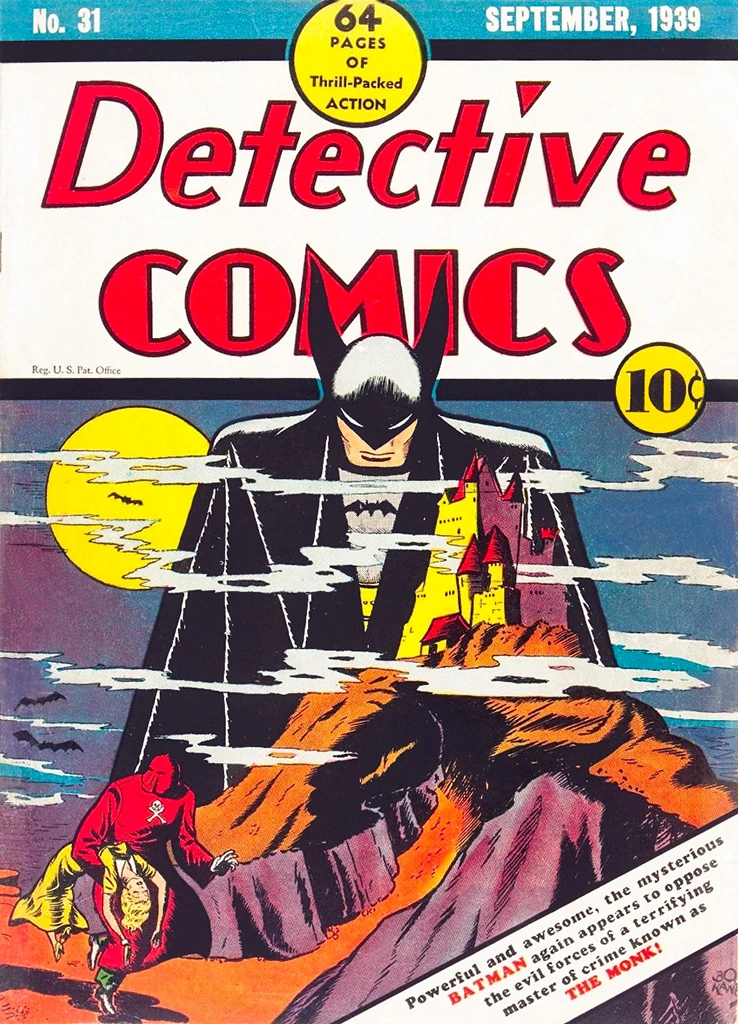
Detective Comics
March 1937 – Present

You can visit us
We are available to appraise and/or purchase your collectables from Monday through Saturday 10 am until 5 pm. If those times don’t work for you, we can try to accommodate your schedule. We always recommend making an appointment with us, but it is not necessary.
Contact us anytime
Phone
Opening Hours
Mon - Sat: 10am - 5pm

